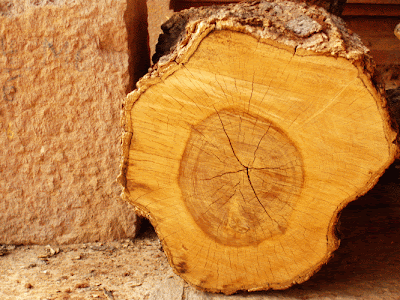".....We should be careful of each other, we should be kind, while there is still time." Philip Larkin
Wednesday, July 20, 2011
Music and Mysticism
I have a very layman's understanding of Western classical music (I appreciate it without any understanding), but this passage is beautiful to me in more ways than the obvious one (the brilliant parallel between music and mysticism) - what really moved me was the beauty and precision of the language, I could "see" it all, the sound, and abstract experience, flowing through circles and lines, radiating, and returning.
............................................................................................................
"There is an interesting parallel to be found in J.W.N.Sullivan's book, Beethoven, first published in 1927. After discussing the significance and usefulness of conventional sonata form to express psychological processes, he goes on to write:
"But in the quartets we are discussing, Beethoven's experience could not be presented in this form. The connection between the various movements is altogether more organic than that of the four-movement sonata form. In these quartets the movements radiate as it were, from a central experience.
They do not represent stages in a journey, each stage being independent and existing in its own right. They represent separate experiences, but the meaning they take on in the quartet is derived from their relation to a dominating, central experience. This is characteristic of the mystic vision, to which everything in the world appears unified in the light of one fundamental experience."
Wilfrid Mellers writes in similar terms about the Diabelli Variations, Beethoven's longest piano work, which was published in 1823. He calls them
"a circular rather than linear work... Like Bach's Goldberg Variations, and despite the difference between the two composers' approach, they rather see a 'world in a grain of sand', making us aware that experience is a totality in which the trivial and the sublime coexist."
Page 172, The Third Period, from Anthony Storr's 'Solitude'
Labels:
Book Excerpt,
Music,
Mysticism
Subscribe to:
Post Comments (Atom)
Blog Archive
-
▼
2011
(353)
-
▼
July
(57)
- Kashmira Kakati and the wild cats of Assam
- Do not be afraid, little brother...
- I am Right Here, I am With You, and I Love You
- Reductionism
- Water Lights
- Remembering Arvind
- And everything is new....
- Tolerance
- Atlantis: The end of an era
- Hear it from the kids :)
- Sleeping through Change
- Pretense
- The Unbearable Lightness of Being
- Early on Tuesday
- Fullness
- Cayman Islands
- A flock of swallows
- And may whatever holds you up stay forever beneath...
- From Ugliness to Beauty
- Music and Mysticism
- Second to None - Reduce, Recycle, Reuse, Restore!
- Inspirational leadership
- In other words, hold my hand...
- Momentary deities
- Kaavish
- Always, always, guard your fort
- Recurrence
- Alchemy
- For the first forty days
- Writing for Divination
- The death of the environment ministry. An obituary
- Isolation
- Déjeuner du matin
- Survival - the Movement for Tribal Peoples
- Turning Point
- Colours
- Monotony, an absence of male friends
- Voices
- Sit
- Progress Report
- Nindiya Re
- Songs from the Helmet Studio
- A day
- The Function of Dreams
- The aroma of curry leaves...
- Riding to work
- A space to write or cry
- Suffering comes when you try to hold on to continuity
- Renovation of Stupas at Sanniti
- Cleaning up Bangalore, Bin by Bin
- Real
- And I love her
- Storm
- Unfathomable
- Poetry
- Retirement
- Bearhug
-
▼
July
(57)

No comments:
Post a Comment